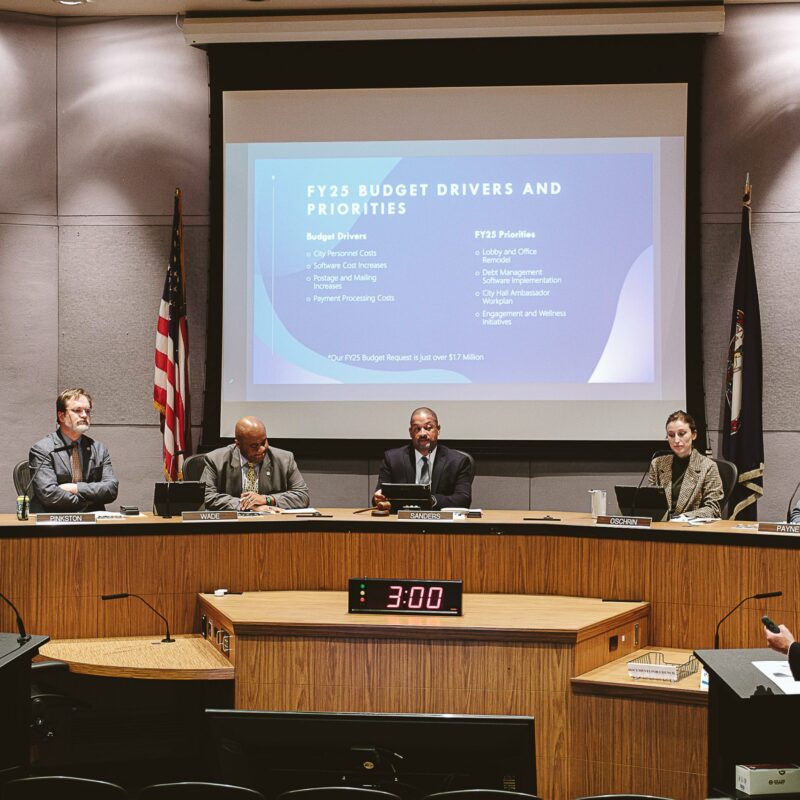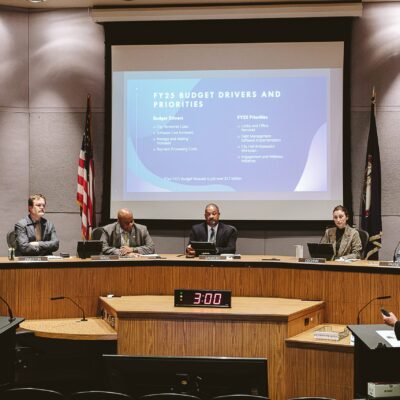Many sex crimes involving children and the Internet can appear similar, at least in terms of sentences. Former Western Albemarle High School teacher Richard Neal Willetts has pleaded guilty to coercion of a minor and is potentially facing 10 years in prison. Stephen Michael Fortney, Bryan Petersen Malmstrom and Walter D. Gregory, all of Albemarle County, were charged with seven to 17 counts each of possession of child pornography, and could face up to five years for each image.
Yet while the words “sex,” “crime” and “kids” can make a lot of these offenses seem the same on the surface, the crimes are quite different. Willetts became, or at least tried to become, sexually involved with someone under 18. Yet the Albemarle men are only alleged to have images of child pornography on their computer.
Such stiff penalties raise questions about the definition of child porn. Can a couple of pictures of nephews and nieces taking a bubble bath land you in prison? What about explicit images of girls who could be anywhere from 15- to 21-years old?
The state defines child pornography as “sexually explicit visual material which utilizes or has as a subject an identifiable minor.” Possession includes browser caches that have the porn stored in temporary memory. Drawings, sculptures and undeveloped photos count too.
Yet there is a legal difference between child pornography and child erotica. Child erotica can consist of images culled from so-called teen model sites, which contain images of underage children exposed. It also can apply to family photographs taken out of context, such as those from a nudist trip or bubble bath. Prosecutors often point to the intention of the photograph to label it pornographic. Still, this can be difficult to prove.
“Trying to finally resolve a definition of what is pornography, what is erotica and what is art is an issue that, I think, has bedeviled courts since photography became in vogue and probably since before that,” says Wes Nance, assistant Commonwealth’s attorney in Bedford County. “That line is fuzzy at best, and it certainly is one of the things you have to take into consideration.”
Nance works in cooperation with the Internet Crimes Against Children (ICAC) regional task force, based at the Bedford County Sheriff’s office, and helps prosecute local cases. When prosecuting one of these cases, he says it is best for the attorney to only press charges built upon evidence that is indisputably illegal child pornography.
“The average person who has a child is going to take a picture of them when they take a bubble bath,” says Nance. “That’s not unheard of. It’s the guy who has 10,000 images of children taking baths. If they’re going to have a collection, you’re going to find some images that focus primarily on the genitalia. That’s when the definition between erotica and pornography becomes much easier to define.”
Still, “everything is very subjective when it gets into the courts, and I don’t say that disrespectfully of the courts,” says Lieutenant Mike Harmony of the regional ICAC task force. “It’s going to vary jurisdiction to jurisdiction, region to region. A gentleman who gets 90 days here in our area may get five years in the Tidewater area for the exact same thing.”
C-VILLE welcomes news tips from readers. Send them to news@c-ville.com.





